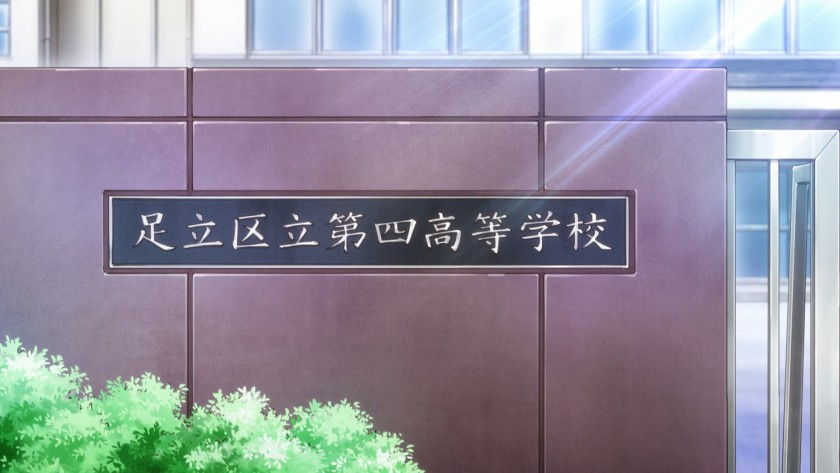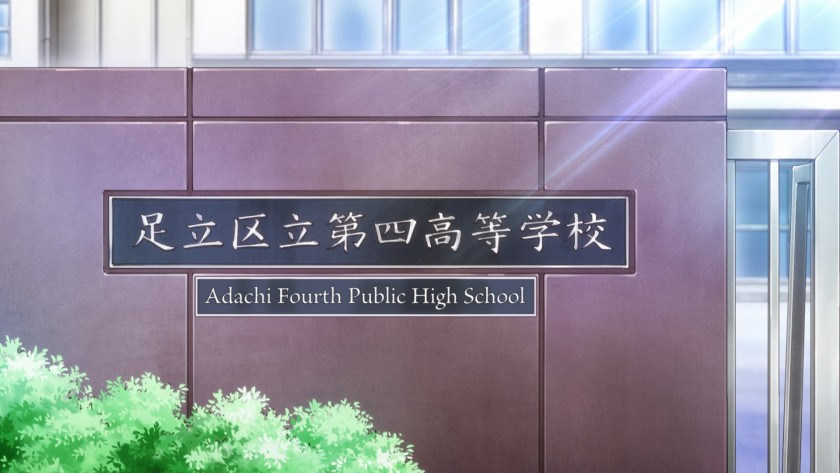Roles
There are 8 (sometimes 9) major roles in every fansub group. They are:
- Encoder
- Timer
- Typesetter
- Editor
- Quality Checker
- Optional: Translator
- Optional: Translation Checker
- Optional: Karaoke Effects Creator
- Optional: Project Leader
In this guide, we will only be providing in-depth guides for the Encoder, Timer, and Typesetter roles. However, Quality Checkers are often expected to be familiar with most or all of the roles in order to recognize errors.
This page serves as just an overview of the work various roles will be expected to complete.
Encoder
Time commitment per episode: 20 minutes - 2 hours active (4-12 hours inactive)
Encoders (sometimes abbreviated as ENC) are responsible for the audio and video. They will generally be provided with one or more video sources and are expected to produce the best video possible within reason.
This is done with a frame-by-frame video processor such as AviSynth and VapourSynth1, a video encoder such as x264 or x2652, and audio tools such as eac3to, qaac, and FLAC3. This is not a comprehensive list, but it does represent the broad categories of tools required.
Encoders are expected to have a high level of skill and understanding of video concepts and tools. It is perhaps the most technically challenging role in fansubbing. However, much of the work is repeatable, as each episode in a show will usually be very similar to every other one. It will also get easier over time as they become more familiar with the concepts and tools.
One last note about encoding: there are as many opinions about how to fix video problems as there are encoders. Encoders can and often do become contentious about their work, theories, and scripts. It’s important to keep in mind that a disagreement is not always an insult, and more experienced encoders often just want to help and provide feedback. The important part is the result!
Timer
Time commitment per episode: 20 minutes - 4 hours
The Timer (abbreviated TM) is responsible for when the text representing spoken dialogue shows up on screen.
The timing of subtitles is much more important than one might assume. The entrance and exit times of the subtitles, or a fluid transition from one line to the next, can make a large impact on the “watchability” of the episode as a whole. Take, for example, the following clip from Eromanga-sensei:
On the left are the official subtitles from Amazon’s AnimeStrike, and on the right is a fansub release. There are many problems with Amazon’s subtitles: entering and exiting the screen up to two seconds late, presenting 4-5 lines on screen at once, and not separating dialogue based on speaking character. These problems detract from the viewing experience, drawing attention to the appearance of the subtitles and distracting from the story and video.
Typesetter
Time commitment per episode: 20 minutes - 8+ hours (dependent on number and difficulty of signs)
Typesetters (abbreviated TS) are responsible for the visual presentation of translated text on-screen. These are generally called signs.
For example, given this scene and a translation of “Adachi Fourth Public High School”…
 [DameDesuYo] Eromanga-sensei - 01 (1920x1080 10bit AAC) [05CB518E].mkv_snapshot_03.11_[2017.08.18_21.14.55].jpg
[DameDesuYo] Eromanga-sensei - 01 (1920x1080 10bit AAC) [05CB518E].mkv_snapshot_03.11_[2017.08.18_21.14.55].jpg
the Typesetter would be expected to produce something like this:
 [DameDesuYo] Eromanga-sensei - 01 (1920x1080 10bit AAC) [05CB518E].mkv_snapshot_03.11_[2017.08.18_21.14.43].jpg
[DameDesuYo] Eromanga-sensei - 01 (1920x1080 10bit AAC) [05CB518E].mkv_snapshot_03.11_[2017.08.18_21.14.43].jpg
Almost every sign the Typesetter works on will be unique, requiring ingenuity, a wild imagination, a sense of style, and a high degree of attention to detail. The Typesetter’s goal is to produce something that integrates so well into the video that the viewer does not realize that it is actually part of the subtitles.
The sign above is actually one of the more simple kinds that the Typesetter might have to deal with. It is static, meaning it does not move, and has plenty of room around it to place the translation. Other signs will be much more difficult. Take for example this scene from Kobayashi-san Chi no Maid Dragon:
Though it may be hard to believe, the typesetting on the right side of the screen was done entirely with softsubs (using Aegisub), subtitles that can be turned on and off in the video player as compared to hardsubs (using Adobe After Effects) which are burned in. Each group and language “scene” will have different standards in regards to soft and hardsubs. For example, in the English scene, hardsubs are considered highly distasteful, whereas in the German scene they are readily accepted.
Something to remember about typesetting is that there is no one way to typeset a sign. There are, however, incorrect ways that are not visually pleasing, do not match the original well, are difficult to read, or are too heavy (meaning computer resource intensive).
Editor
Time commitment per episode: 2-4+ hours
The Editor (sometimes abbreviated ED) is responsible for making sure that the script reads well. Depending on the source of the script, this may mean grammatical corrections and some rewording to address recommendations from the Translation Checker. However, more often than not, the job will entail rewriting, rewording, and characterizing large portions of the script. Each group will have different expectations of an Editor in terms of the type, style, and number of changes made. The Editor may also be responsible for making corrections recommended by the Quality Checkers.
Quality Checker
Time commitment per episode: 30 minutes to 4 hours (depending on your own standards)
Quality Checkers (abbreviated QC) are often the last eyes on an episode before it is released. They are responsible for ensuring that the overall quality of the release is up to par with the group’s standards. They are also expected to be familiar with the workflow and many intricacies of every other role. Each group has a different approach to how the Quality Checker completes their work. For example, one group might require an organized “QC report” with recommended changes and required fixes, while other groups may prefer the Quality Checker to make changes directly to the script whenever possible.
Translator & Translation Checker
Time commitment per episode: 1-3 hours for translation check, 4+ hours for an original translation (dependent on the skill of the TL/TLC and the difficulty of the show’s original script)
The job of the Translator (abbreviated TL) and the Translation Checker (abbreviated TLC) is to translate and ensure the translational quality of the script and signs respectively. This is perhaps an obvious statement, but it bears explaining just in case. Today, many shows are simulcast by one or more companies, meaning scripts will be available either immediately or soon after airing in Japan. In these cases, some fansub groups may choose to edit and check the simulcast script rather than translate it from scratch. This depends almost entirely on the quality of the simulcast. Fixing a bad simulcast script may be harder than doing an original translation (abbreviated OTL). Finally, translators are responsible for transcribing and translating opening, ending, and insert songs as well.
Karaoke Effect Creator
Time commitment: several hours, once or twice per season
The Karaoke Effect Creator (abbreviated KFX) styles and adds effects to the lyrics and sometimes romaji and/or kanji for opening, ending, and insert songs. This can be very similar to typesetting but utilizes a different set of tools and can be highly programming-oriented.
TODO - sources for AviSynth and VapourSynth builds relevant to fansubbing.
Further reading on the x264 and x265 libraries can be found here.
Comparisons of various audio codecs can be found here.